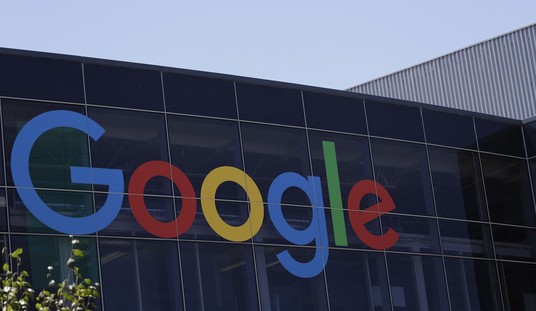Editor’s note: A version of this piece first appeared in the Washington Times.
It is becoming increasingly apparent that the Patient Protection and Affordable Care Act is going to make health care unaffordable to a shockingly large number of poor people—many of them single and childless. This should come as no surprise, though: The burden of regulation falls all too often disproportionately on the relatively poor, especially the working poor—the very people this law was supposed to help. Obamacare, sadly, is merely the latest and most painful hit from the regulatory onslaught of Washington, diverting resources that could be better used to address larger and more immediate risks.
For example, the Ohio Department of Insurance recently announced an average expected jump of 88 percent in individual-market health insurance premiums as “consumers have fewer choices and pay much higher premiums for their health insurance starting in 2014,” according to a statement by Ohio Lt. Gov. Mary Taylor. This sobering statement comes hard on the heels of calculations by Manhattan Institute analyst Avik Roy showing that premiums in California’s individual market are set to almost double next year.
According to Mr. Roy’s calculations, young, single, childless men and women who do not have employer-provided health insurance will be hit equally because California prohibits sex-based discrimination. If your income exceeds 183 percent of the federal poverty level, you are ineligible for either expanded Medicaid or any subsidies—and you’ll see your premiums almost double. With an annual income of as little at $21,000, a young childless adult could be shelling out $183 monthly, compared to the current rate of $74 for a plan with a large deductible and substantial co-pays, a far cry from the original promises of Obamacare.
Some of this increase is a result of so-called “community rating,” which means insurance companies can no longer fully take differences in health into account when pricing health insurance for residents of a geographical location. The Society of Actuaries, however, calculates that almost 60 percent of the increase is a result of factors other than the inclusion of coverage for high-risk individuals. A significant portion of the increase is driven by top-down mandates of benefits that must be included in insurance plans, and the costs are pushed to consumers in the form of higher premiums.
Recommended
Obamacare was long on promises about helping the poor, but it’s delivering a regressive tax. Just before Obamacare was passed, Congress severely restricted payday loans under the Payday Loan Reform Act, limited interest-rate increases and penalties on credit cards under the Credit Card Accountability, Responsibility and Disclosure Act, and limited fees these companies could charge merchants under the Durbin Amendment to the Dodd-Frank Act. Payday-loan users tend to be lower income. Limiting availability of such loans has driven cash-strapped borrowers to alternatives such as pawn shops that charge far higher interest rates. Limiting the supply does not reduce demand.
Similarly, when interest rates are capped, credit remains available to higher-income individuals with better credit. It is poorer people with worse credit who lose access to credit cards and are driven to seek even more expensive and possibly illegal options to fulfill their credit needs. This might not have been the intended consequence, but it was entirely foreseeable.
Regulations that seek to achieve safety goals place a disproportionate burden on the poor. As Utah State University economist Diana Thomas has demonstrated, the cost of regulation can absorb six to eight times as much of a poor household’s income as that of a high-income household. Rather than rely on government to improve safety, the poor can get the biggest bang for their buck by moving to safer neighborhoods, which can sharply reduce the risk of injury, illness and death.
Health care works the same way. The poor are the ones who will pay the highest price, in relation to their income, under Obamacare. It’s unfair and it’s unjust, but that’s often how government works. There’s a better way to help the needy: Reduce the burden of regulation so that health care and other services are as affordable as they can be for everyone.

























Join the conversation as a VIP Member